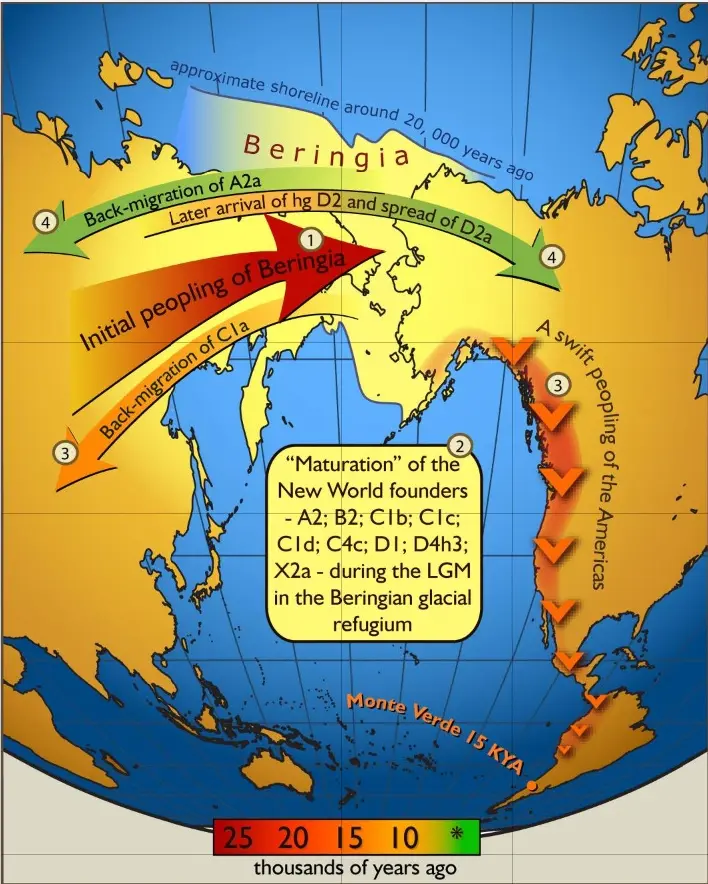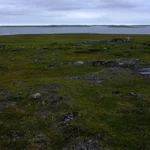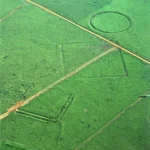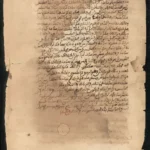
Ancient DNA Reveals Early Asian Migration to South America
Recent groundbreaking genomic research has illuminated the extensive journey of early humans from North Asia to the southernmost tip of South America, marking it as the longest known prehistoric migration in human history. This study, published in Science in May 2025, involved a comprehensive analysis of over 1,500 genomes from 139 diverse Asian ethnic groups, providing unprecedented insights into the peopling of the Americas.
The Longest Prehistoric Migration
According to the study, early humans embarked on a remarkable journey spanning more than 20,000 kilometers on foot, originating from North Asia and reaching Tierra del Fuego at the southern tip of South America. This migration occurred over multiple generations, adapting to diverse and challenging environments along the way. The researchers utilized advanced genomic sequencing techniques to trace the genetic footprints of these early populations, revealing a complex pattern of migration and adaptation.ScienceDaily

Emergence of Distinct Indigenous Lineages
The genomic data uncovered the rapid emergence of four distinct Indigenous lineages in South America: Amazonians, Andeans, Chaco Amerindians, and Patagonians. These groups began to diverge approximately 13,900 years ago, each adapting to their unique ecological and geographical zones. The study suggests that these lineages correspond closely with the diverse environments they inhabited, from the dense Amazon rainforest to the arid Chaco lowlands and the frigid landscapes of Patagonia.
Genetic Implications and Insights
The extensive migration led to a reduction in genetic diversity among the early populations, a phenomenon known as genetic bottlenecking. This bottleneck had significant implications for the genetic resilience and adaptability of these populations. The study also highlighted the unexpectedly high genetic diversity within Asian populations, emphasizing the need for broader representation in genetic research to fully understand human evolutionary history. Phys.org
Reassessing Migration Models
Prior to this study, models of the peopling of the Americas were largely based on archaeological evidence and limited genetic data. The new genomic evidence provides a more nuanced understanding, revealing that the initial migration into the Americas was followed by multiple waves of population splits and expansions. This complex pattern challenges previous oversimplified models and underscores the dynamic nature of human migration.
Conclusion
This comprehensive genomic study offers a detailed and expansive view of the early human migration into the Americas, reshaping our understanding of how ancient populations spread across the continents. By tracing the genetic legacy of these early migrants, the research provides valuable insights into the origins and development of Indigenous populations in South America. The findings underscore the importance of integrating genetic data with archaeological evidence to construct a more accurate and holistic narrative of human history.








